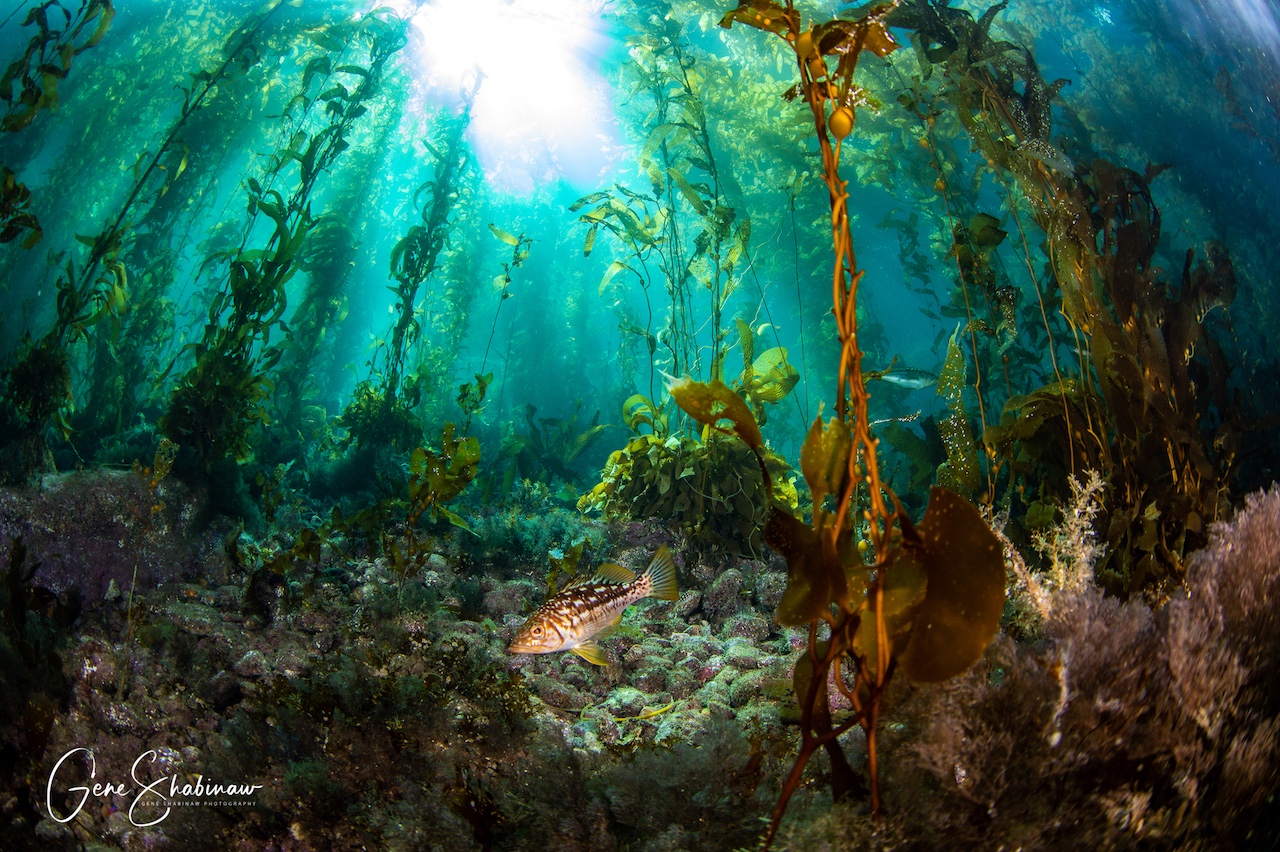Exploring Wide-Angle Photography Underwater vs. On Land
Wide-angle photography is a powerful tool in both terrestrial and underwater imaging, allowing photographers to capture expansive scenes and dramatic perspectives. However, taking a wide-angle shot beneath the ocean’s surface introduces a range of challenges and complexities that differ significantly from shooting on land.

Underwater Environment: A Dynamic Medium
Unlike the stable air of terrestrial photography, underwater photographers operate in a constantly shifting environment. Water is denser than air and scatters light more aggressively. As depth increases, light diminishes rapidly. Reds fade first, followed by oranges, yellows, and eventually blues and purples in deeper water. This means wide-angle scenes lose color and contrast unless artificial light is introduced.
Moreover, natural light underwater is affected not only by depth but also by the surface. Clouds overhead, wave action, and surface obstructions like kelp forests can all change the quality, direction, and intensity of light from moment to moment. This makes exposure settings and white balance a moving target.
Reintroducing Light: Strobes and Lighting Gear
To bring color and depth back into wide-angle underwater photos, photographers rely on integrated strobes or external lighting. Wide-angle compositions often include large subjects—such as shipwrecks, coral reefs, or marine life like sea lions or manta rays—and illuminating them evenly is no small task. Strobes must be powerful, well-positioned, and often synchronized with the camera through fiber-optic or electrical triggers. A common challenge is balancing strobe light with ambient light to maintain natural-looking scenes without harsh hotspots or blown highlights.
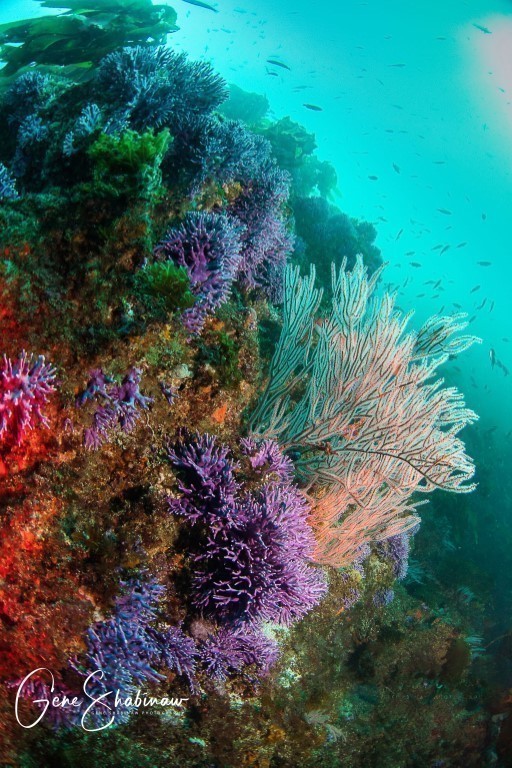
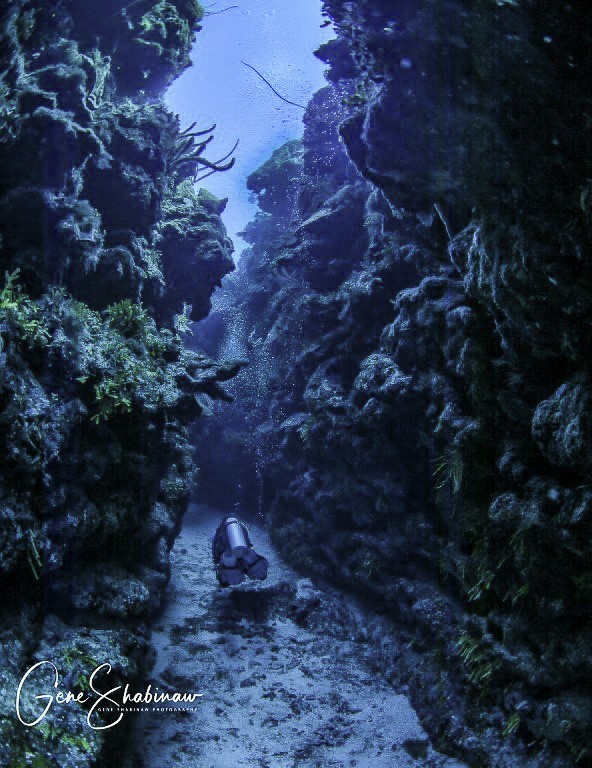
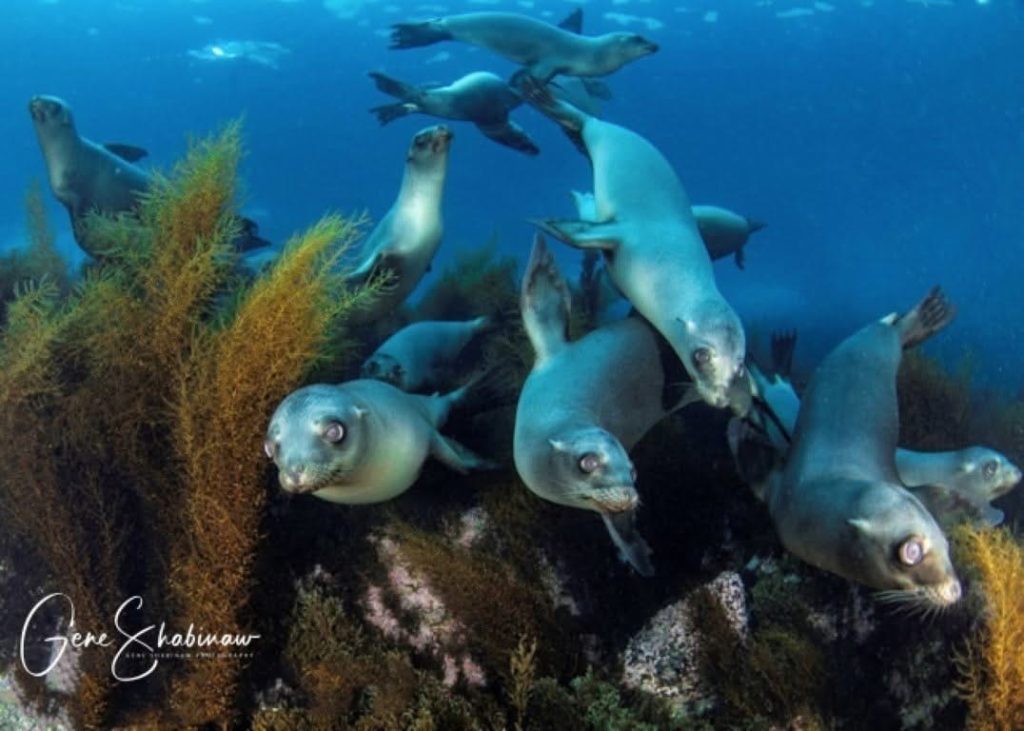
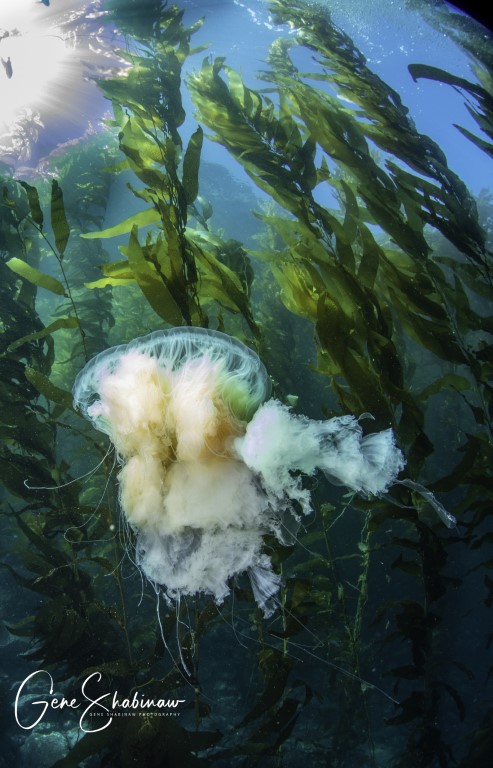
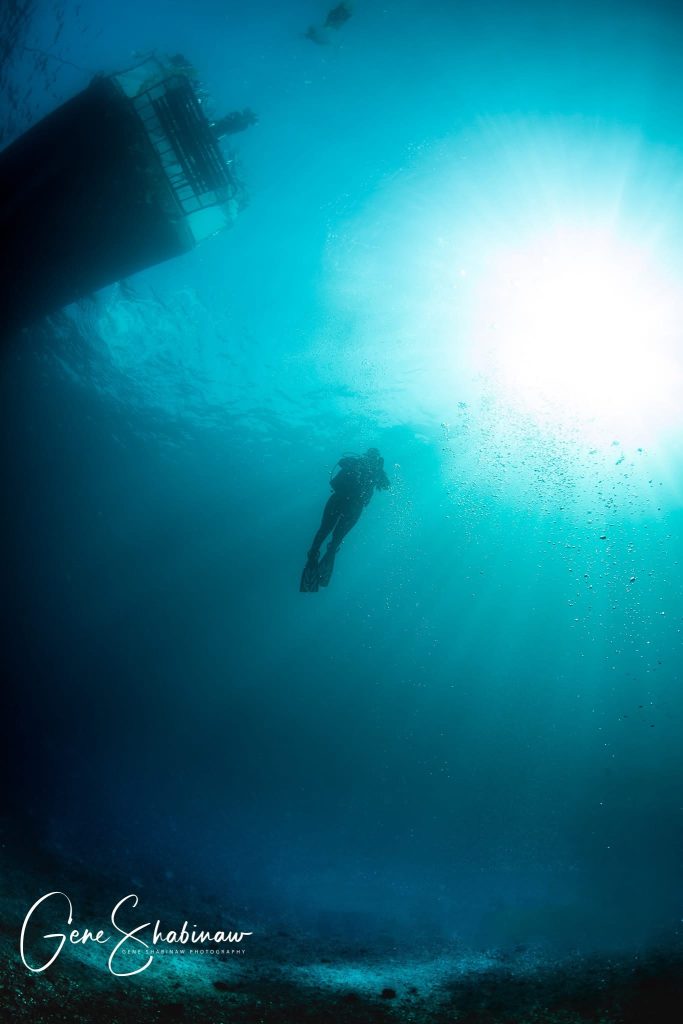
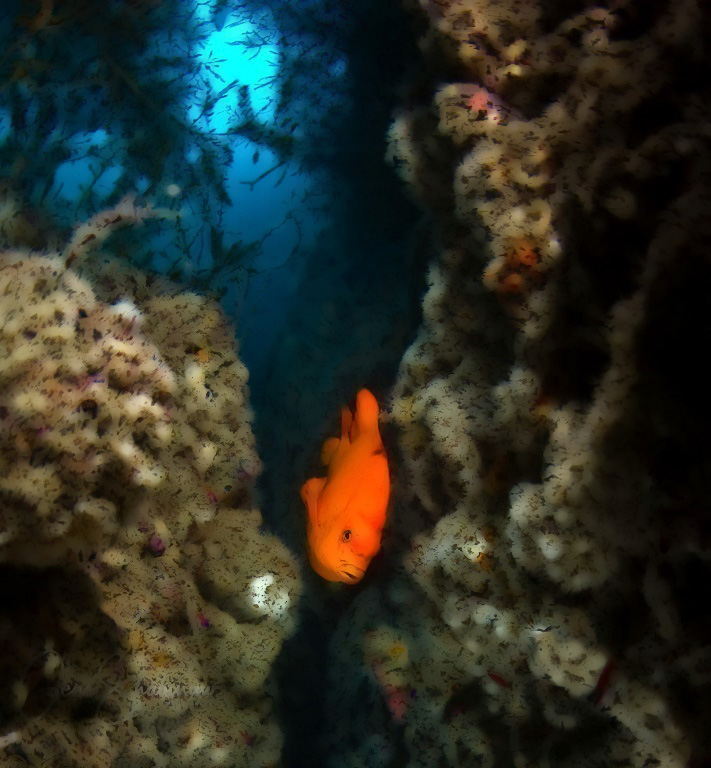
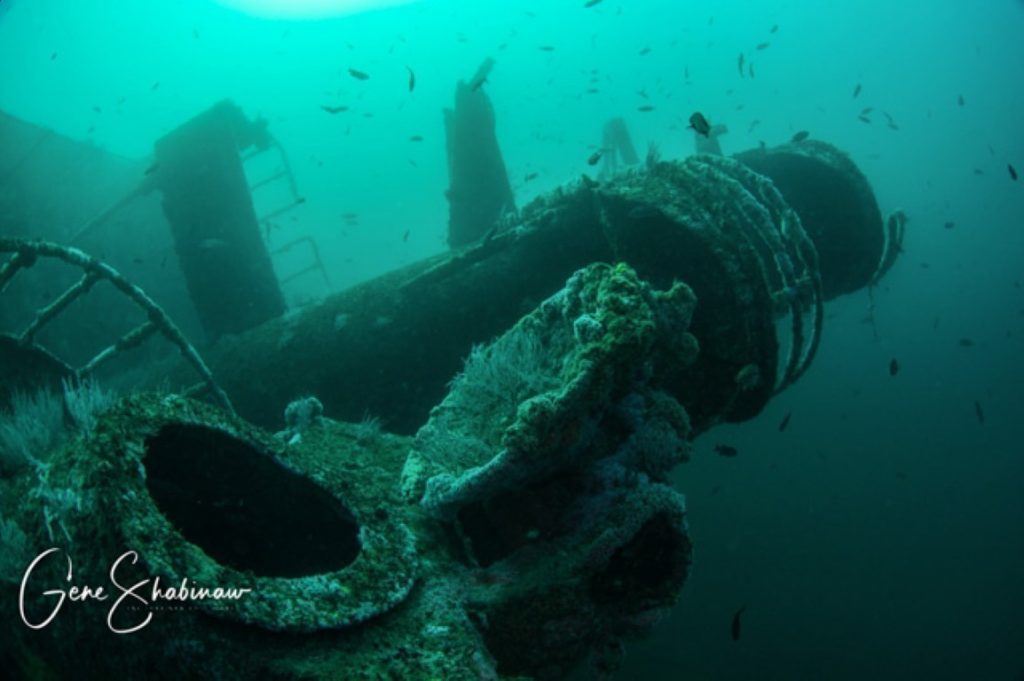
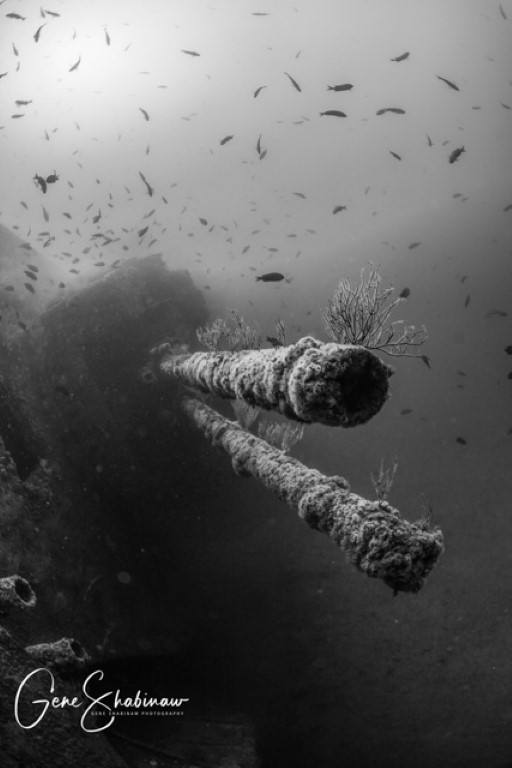
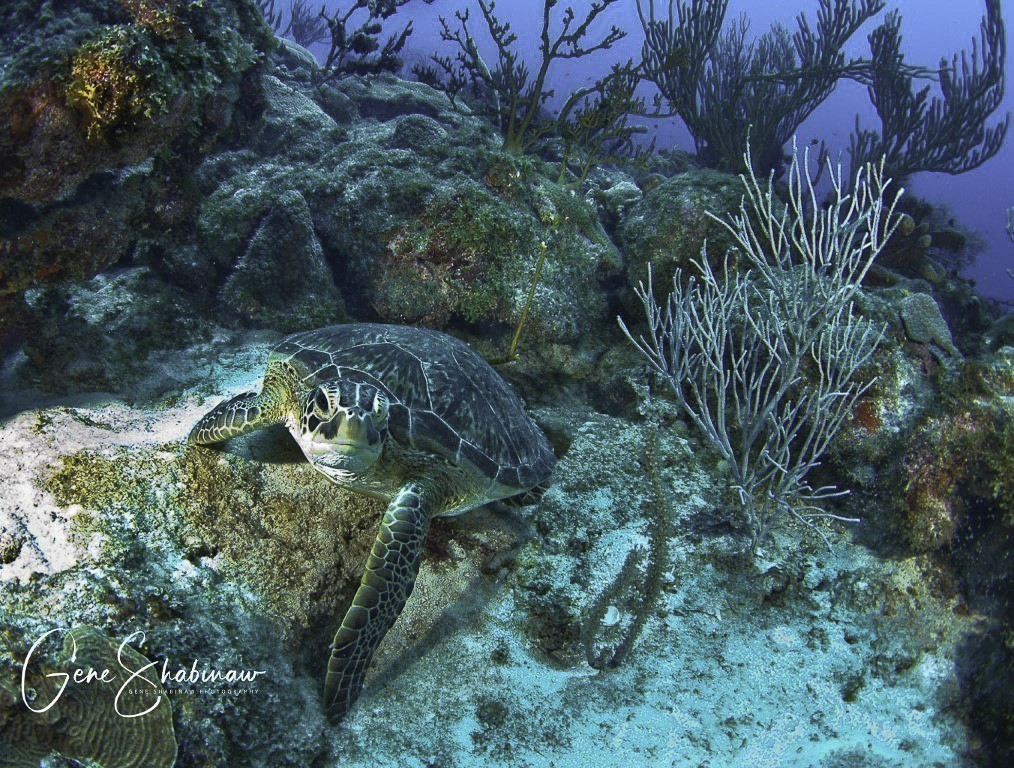
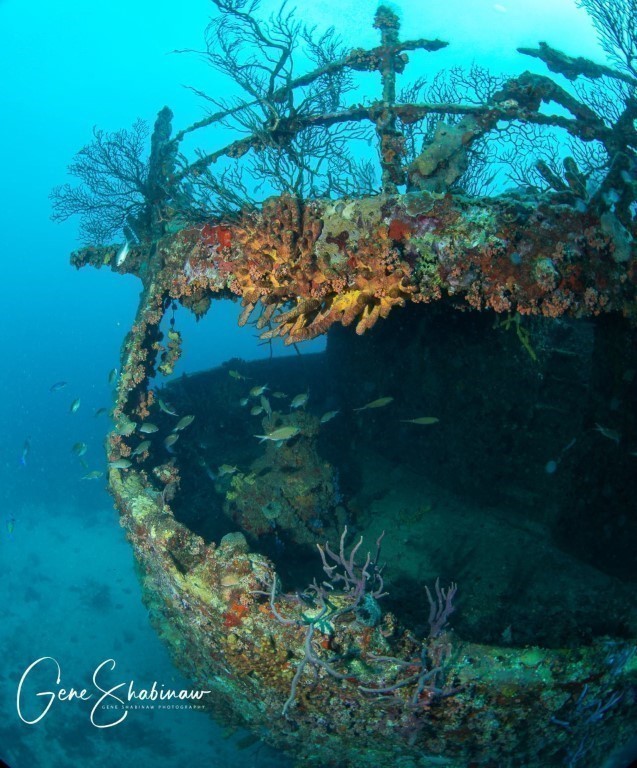
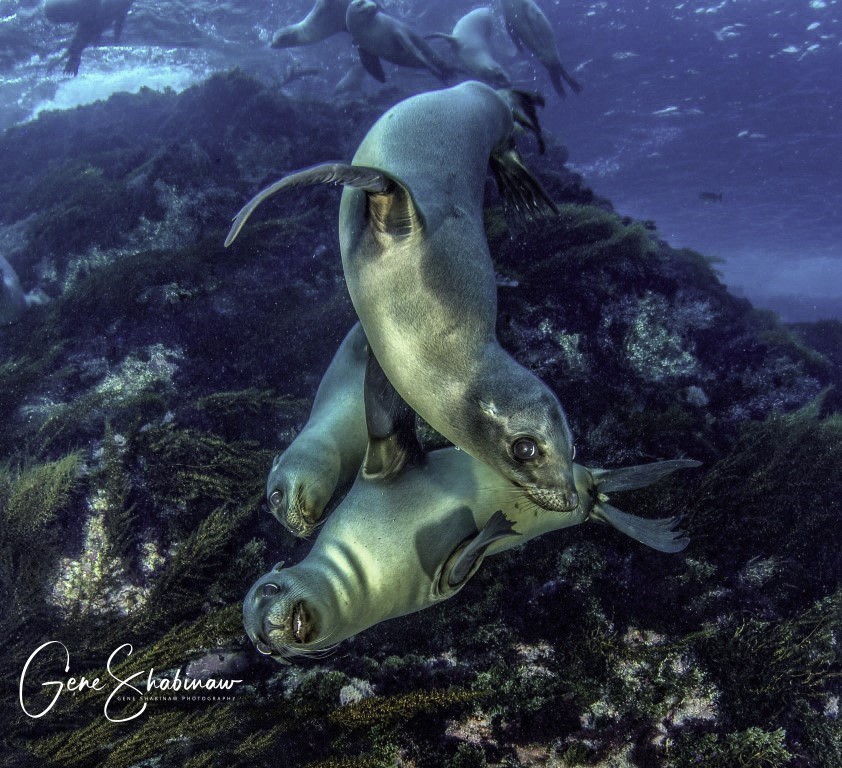
Protecting Gear: Housings and Accessories
Professional camera bodies and wide-angle lenses require robust underwater housings, which are custom-built, pressure-resistant enclosures that allow access to controls through mechanical or electronic buttons. These housings are typically made of aluminum or polycarbonate and must be sealed perfectly to prevent leaks. Dome ports are used to accommodate wide-angle lenses and help maintain sharpness and field of view underwater. The curvature of dome ports helps correct for refraction but introduces its own quirks—like focusing issues and chromatic aberration—which need to be considered during shooting.

Comparing to Land-Based Wide-Angle Work
On land, wide-angle photography is a matter of managing composition, distortion, and available light—usually with much more control. There’s no need to contend with buoyancy, visibility, surge, or cumbersome equipment. You’re not fighting to hold position while composing a shot, or worrying about sediment clouds stirred by a careless fin kick.









In contrast, underwater wide-angle photography demands physical agility, equipment familiarity, and real-time adaptation to shifting conditions. It also requires a deeper understanding of how light behaves not just over distance, but through a fluid, particulate-filled medium.
Final Thoughts
Wide-angle photography underwater is as rewarding as it is technically demanding. It opens a window into alien worlds—sun-dappled kelp forests, coral walls teeming with life, or the haunting skeletons of sunken ships—but it requires photographers to master not just their cameras, but the water itself. When done well, these images reveal the beauty and complexity of life below the surface, capturing scenes that few people get to witness firsthand.

